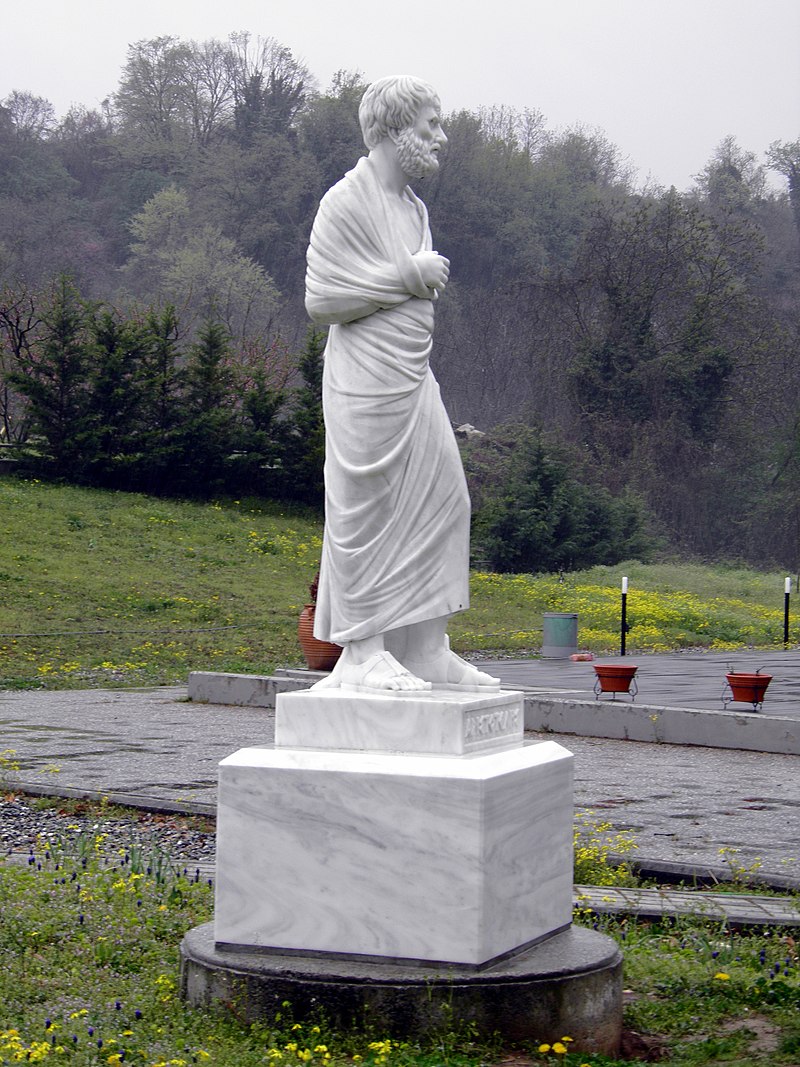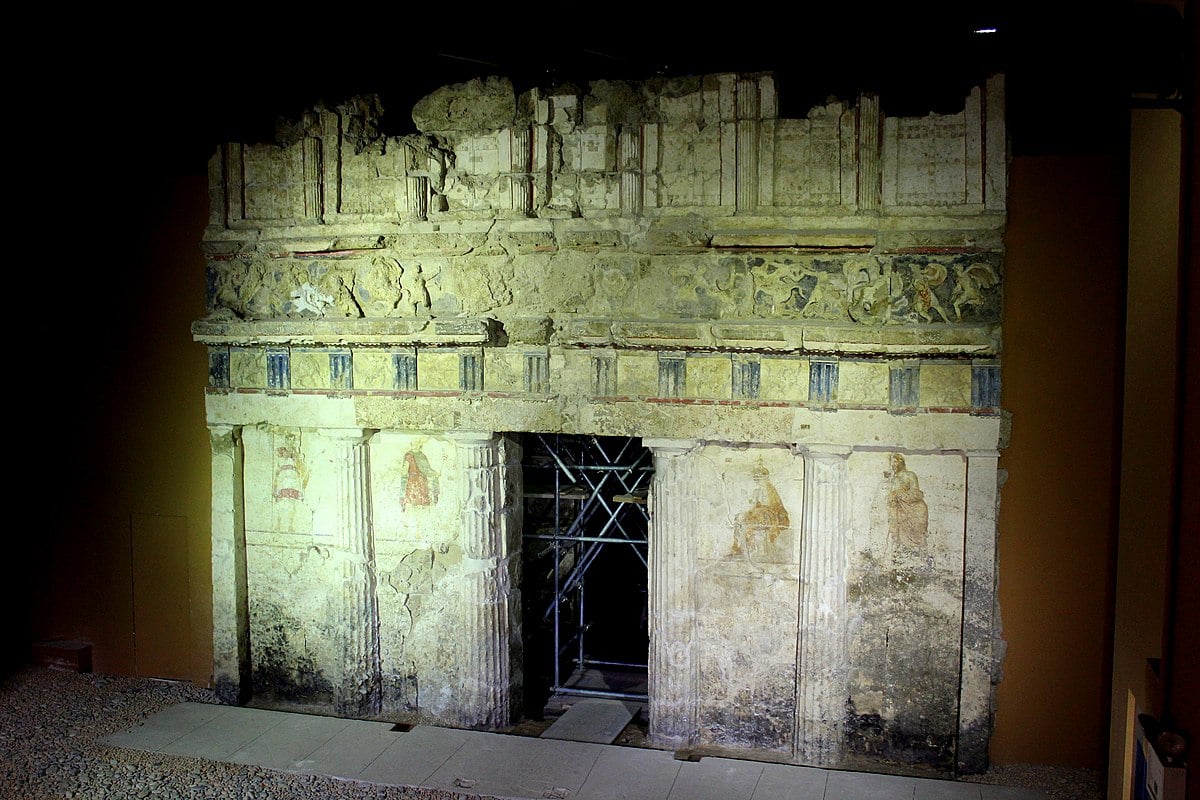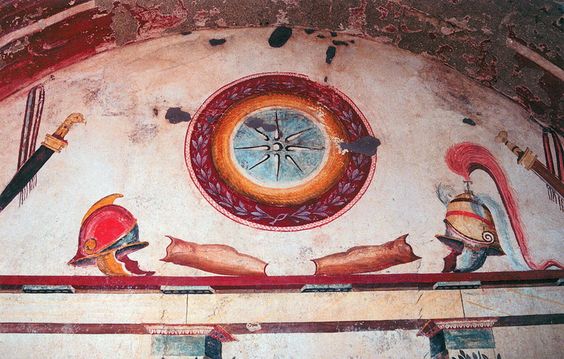
Greek archeologists are keen to excavate further the archeological site of Mieza located in the northeastern region of Macedonia where Aristotle is believed to have tutored Alexander the Great.
After Greece opened the Palace of Aigai, where Alexander the Great was sworn in as king, Mieza, less than 30 km away is the focus of the archeologists.
Angeliki Kottaridi, Director of the Museum of Royal Tombs of Aigai wrote on Facebook that the school of Mieza, where Aristotle taught Alexander and the generation of Macedonians who created the Hellenistic world is the new big challenge.
She believes that only a portion of the ancient school or gymnasium has so far been excavated and that the area has still many surprises to offer.
“Mieza was not a simple school, but the archetype of all schools from Macedonia and Asia Minor to the Sahara, the banks of the Indus, and the steppes of Central Asia,” she recently told a conference on Mieza.
“It became the lever that made the whole world speak, think, live and fight in the Greek way,” she added.
Archaeologists are putting together an excavation plan highlighting all the glamor of Mieza, found only 2 kilometers away from the city of Naoussa, which hosts a theater and emblematic tombs apart from the school.

King Philip II invited Aristotle to Mieza to educate Alexander
It is believed that King Philip II invited Aristotle to Mieza to educate his son, Alexander, along with a group of other young nobles. The natural surroundings of Mieza, with its lush landscapes and tranquil setting, would have provided an ideal environment for intellectual pursuits and philosophical discussions.
Aristotle’s teachings in Mieza are thought to have encompassed a wide range of subjects, including philosophy, politics, and natural sciences, laying the groundwork for Alexander’s future pursuits as a leader and conqueror.
For King Philip II of Macedon, the great philosopher would be the ideal tutor to teach his son, Alexander, to become a powerful heir to his throne. Furthermore, Philip wanted to bring culture and education to his kingdom to match the intellectual and cultural achievements of the well-organized and cultured Greek city-states.
Visitors today can explore the remains of a Nymphaeum, a temple dedicated to the Nymphs, which features a two-floor arcade with Ionic columns and several natural caves. This is thought to be the heart of the school. Additionally, ongoing excavations have revealed an ancient theater and other structures.
Magnificent Macedonian tombs near Mieza
Along the ancient road that connected Mieza with the Macedonian capital of Pella, lie six impressive tombs dating from the 4th to 3rd centuries BC.
These subterranean structures boast impressive temple-like facades and one or two burial chambers. They are known for their remarkable painted decorations, which represent some of the only surviving examples of large-scale ancient Greek paintings.
Some of the most notable tombs include:
Tomb of the Judgement: Featuring murals depicting scenes of the afterlife, including Hermes Psychopompos guiding the dead.

Tomb of the Palmettes: Named for the three large palmette ornaments on its pediment, it also features a fresco depicting a reclining couple.

Tomb of Lyson and Kallikles: This tomb showcases a unique hunting scene painted on its facade.

These tombs offer a glimpse into the funerary practices and artistic traditions of the ancient Macedonian kingdom.
In addition to these main attractions, the site of Mieza also encompasses other archaeological remains, including the foundations of houses and public buildings. While much of the ancient city remains unexcavated, the existing finds provide valuable insights into its history and significance.
Related: What Did Aristotle Teach Alexander the Great?
See all the latest news from Greece and the world at Greekreporter.com. Contact our newsroom to report an update or send your story, photos and videos. Follow GR on Google News and subscribe here to our daily email!



